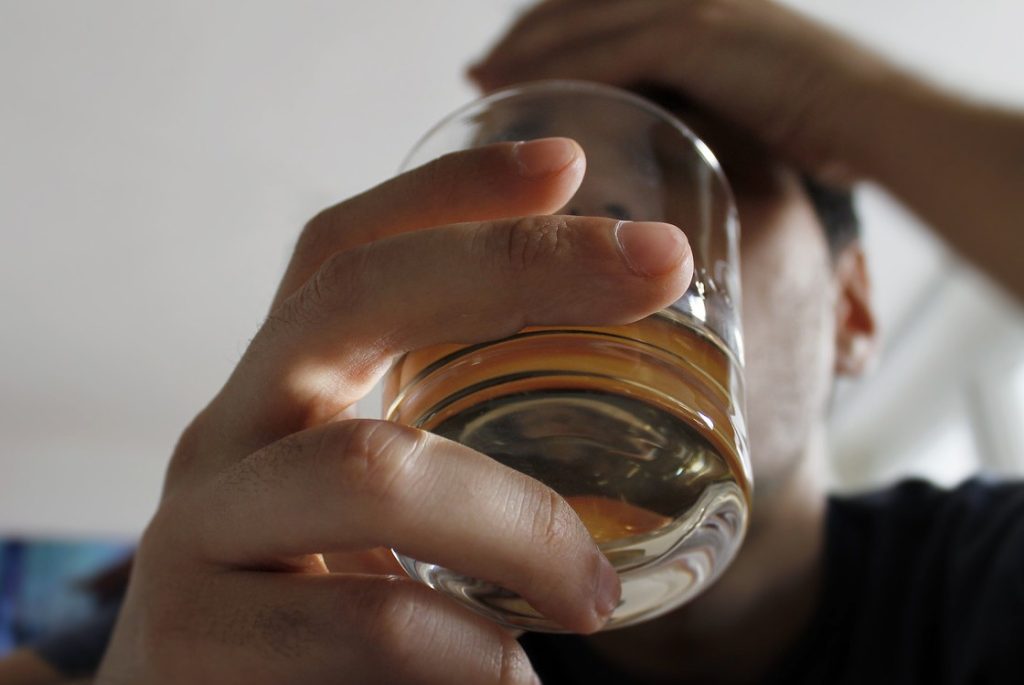Only 1% of women drink alcohol compared with 22% of men: NFHS-5

NEW DELHI: Only one per cent of women in India drink alcohol compared with 22 per cent of men, while 39 per cent of men and 4 per cent of women aged between 15 and 49 years use some form of tobacco, according to the latest National Family Health Survey (NFHS) report.
Among the women who consume alcohol, 17 per cent drink almost every day and 37 per cent about once a week. Among the men who drink alcohol, 15 per cent drink alcohol almost every day, 43 per cent about once a week, and 42 per cent less than once a week, the report said.
The NFHS-5 survey has been conducted in around 6.37 lakh sample households in 707 districts in 28 states and eight Union Territories, covering 7,24,115 women and 1,01,839 men to provide dis-aggregated estimates up to district level.
The percentage of women age 15-49 who drink alcohol is by far the highest among women in Arunachal Pradesh (18 per cent) and Sikkim (15 per cent).
Alcohol use among men is the highest in Goa (59 per cent), followed by Arunachal Pradesh (57 per cent) and Telangana (50 per cent), and is the lowest in Lakshadweep (1 per cent).
The NFHS-5 showed that the proportion of men who drink alcohol decreased from 29 per cent to 22 per cent between NFHS-4 in 2015-16 and NFHS-5 in 2019-21.
During that period, the proportion of women who drink remained unchanged.
The report found that drinking alcohol is more common among women from Scheduled Tribes (4 per cent) than from any other caste/tribe group.
“Drinking is most common among Christian men (36 per cent) and men belonging to other religions (49 per cent), men with less than 5 years of schooling (33 per cent), men from Scheduled Tribes (34 per cent), and men aged 35-49 (30 per cent),” it stated.
The report also found that use of any kind of tobacco decreased from 45 per cent and 7 per cent among men and women in 2015-16 to 39 per cent and 4 per cent among men and women, respectively, in 2019-21.
“Thirty-nine per cent of men and 4 per cent of women age 15-49 use some form of tobacco. The most common form of tobacco consumption among men is chewing paan masala or gutkha (15 per cent), followed closely by smoking cigarettes (13 per cent), using khaini (12 per cent), and smoking bidis (7 per cent).
Among men who smoke cigarettes or bidis, 46 per cent smoke 5 or more cigarettes or bidis each day on average. Among women, the most common form of tobacco used is chewing paan masala or gutkha, chewing paan with tobacco, and using khaini (1 per cent).
Among men as well as women, the use of any form of tobacco is higher in rural areas than in urban areas. Among men, in urban areas cigarettes are more popular than any other form of tobacco, it said.
“More than six in 10 men and about one-tenth of women with no schooling or less than 5 years of schooling use some form of tobacco. Tobacco use shows a substantial decrease with increasing levels of education among both men and women,” it said. However, almost one-fourth (24 per cent) of men with 12 or more years of schooling use tobacco.
“There is an equally clear and continual decrease in tobacco use with increasing wealth quintiles. More than two in 10 (22 per cent) men in the highest wealth quintile use tobacco, in comparison with 59 per cent of men in the lowest wealth quintile. Nine per cent of women in the lowest wealth quintile use tobacco. Women (11 per cent) and men (52 per cent) from scheduled tribes are more likely to use tobacco than those from any other caste/tribe group,” the NFHS said.
The 2019-21 NFHS collected data on attempts to quit smoking or stop tobacco use in the 12 months preceding the survey by women and men age 15-49 who were using any kind of tobacco.
“Tobacco users who visited a doctor or other health care provider in the past 12 months were also asked whether they had received any advice to quit smoking or using tobacco in any form during the visits. All women and men age 15-49 were asked whether they were present when someone smoked in their home or elsewhere in the 30 days preceding the survey,” the report said.
About 3 in 10 men and women who are tobacco users said they tried to stop smoking or using tobacco in any form in the 12 months preceding the survey. More than two-fifths (61 per cent) of female and more than half (54 per cent) of male tobacco users who visited a doctor or other health care provider in the 12 months preceding the survey were advised to stop smoking or using tobacco in any form, it said.
Nearly half (48 per cent) of women and more than three-fifths (62%) of men were present when someone other than the respondent was smoking in their home or elsewhere in the 30 days preceding the survey. (PTI)
